
Exploring Byzantine Fault Tolerance Algorithms: A Comprehensive Overview
Welcome to this comprehensive article on Byzantine Fault Tolerance Algorithms and their implications in the context of distributed ledger technology (DLT). In today’s digital world, DLT has gained significant attention due to its potential to revolutionize multiple sectors, including finance, supply chain management, and healthcare. Understanding Byzantine Fault Tolerance (BFT) is essential to grasp the robustness and security of DLT systems that underpin cryptocurrencies like Bitcoin and Ethereum.
Historical Overview
The concept of Byzantine Fault Tolerance originates from a fundamental problem known as the Byzantine Generals Problem. This problem refers to the challenge of reaching consensus in a distributed network of nodes when some nodes may be faulty or malicious, sending conflicting information. Byzantine Fault Tolerance algorithms were introduced to address this challenge and ensure the integrity of the network.
In 1999, Leslie Lamport, Robert Shostak, and Marshall Pease proposed the practical Byzantine Fault Tolerance (PBFT) algorithm, which was a significant milestone in the field. It introduced the concept of replicas and used a consensus-based approach to tolerate Byzantine faults. PBFT is highly efficient in networks with fewer than one-third of the nodes being malicious.
Since then, numerous advancements have been made, including the development of more efficient algorithms like Practical Byzantine Fault Tolerance (pBFT), ByzCoin, Tendermint, and HoneyBadgerBFT. These algorithms have enhanced the scalability, performance, and security of Byzantine Fault Tolerance systems, paving the way for their widespread adoption in various industries.
Advantages and Disadvantages
Byzantine Fault Tolerance algorithms offer several advantages. Firstly, they ensure consensus among distributed nodes and enable fault-tolerant systems, even in the presence of malicious actors. This makes them highly desirable for applications that require high levels of security and trust.
Additionally, BFT algorithms provide resilience against network partitions and tolerate Byzantine faults, which traditional consensus algorithms like Proof of Work (PoW) or Proof of Stake (PoS) cannot guarantee. This makes them particularly suitable for permissioned DLT networks and enterprise use cases.
However, Byzantine Fault Tolerance algorithms come with certain drawbacks. They typically require a larger number of messages to be exchanged between nodes, resulting in increased network latency. Additionally, the computational overhead of Byzantine Fault Tolerance can impact the scalability of DLT networks, especially in scenarios where there are frequent state updates.
Practical Applications
The application of Byzantine Fault Tolerance algorithms extends to various sectors. In finance, BFT-based DLT systems can enhance the security and efficiency of cross-border payments, smart contracts, and identity verification processes. Supply chain management can benefit from the immutability and transparency provided by BFT systems, enabling traceability and reducing fraud. In healthcare, Byzantine Fault Tolerance can secure electronic health records, ensure data integrity, and streamline interoperability.
Real-World Examples
Several real-world examples demonstrate the significance of Byzantine Fault Tolerance algorithms. Hyperledger Fabric, an open-source DLT platform, incorporates the PBFT algorithm to achieve consensus among participating nodes. It provides a framework for building enterprise-grade blockchain applications and is widely adopted across industries.
Another notable example is the Algorand blockchain. Algorand employs a hybrid consensus mechanism combining Proof of Stake (PoS) and Byzantine Agreement (BA), ensuring scalability, security, and decentralization. It addresses the limitations of early PoS and BFT-based systems, allowing for high-performance blockchain applications.
Future Predictions
The future of Byzantine Fault Tolerance algorithms and their role in DLT is promising. As the technology continues to mature, advancements will focus on reducing network latency, improving scalability, and increasing the number of faulty nodes tolerated. This progress will enable wider adoption of BFT-based DLT systems in both public and private domains.
Frequently Asked Questions
Q: How does Byzantine Fault Tolerance ensure security in DLT networks?
A: Byzantine Fault Tolerance algorithms provide security by ensuring consensus among distributed nodes, even in the presence of malicious or faulty nodes. They prevent malicious nodes from tampering with the system, guaranteeing the integrity and trustworthiness of the network.
Q: Can Byzantine Fault Tolerance be applied to public blockchain networks?
A: Yes, Byzantine Fault Tolerance algorithms can be applied to both public and private blockchain networks. However, due to their higher computational overhead and network latency, BFT-based systems are often more suitable for permissioned and enterprise use cases.
Q: Are there any performance trade-offs when using Byzantine Fault Tolerance?
A: Yes, Byzantine Fault Tolerance algorithms can introduce higher network latency and computational overhead compared to traditional consensus algorithms. However, advancements in BFT research aim to minimize these trade-offs and enhance the scalability of DLT networks.
Q: What are some industries that can benefit from Byzantine Fault Tolerance?
A: Byzantine Fault Tolerance has applications in various industries. Finance, supply chain management, healthcare, and identity verification are among the sectors that can benefit from the security, transparency, and efficiency provided by BFT-based DLT systems.
Engage with us!
We hope you found this comprehensive overview of Byzantine Fault Tolerance Algorithms insightful. If you have any thoughts, questions, or additional insights, please feel free to share them in the comments section below. We love to hear from our readers and engage in meaningful conversations!
More in this category ...
Ripple companions with SBI Group and HashKey DX for XRPL answers in Japan

April sees $25M in exploits and scams, marking historic low ― Certik

MSTR, COIN, RIOT and different crypto shares down as Bitcoin dips

EigenLayer publicizes token release and airdrop for the group
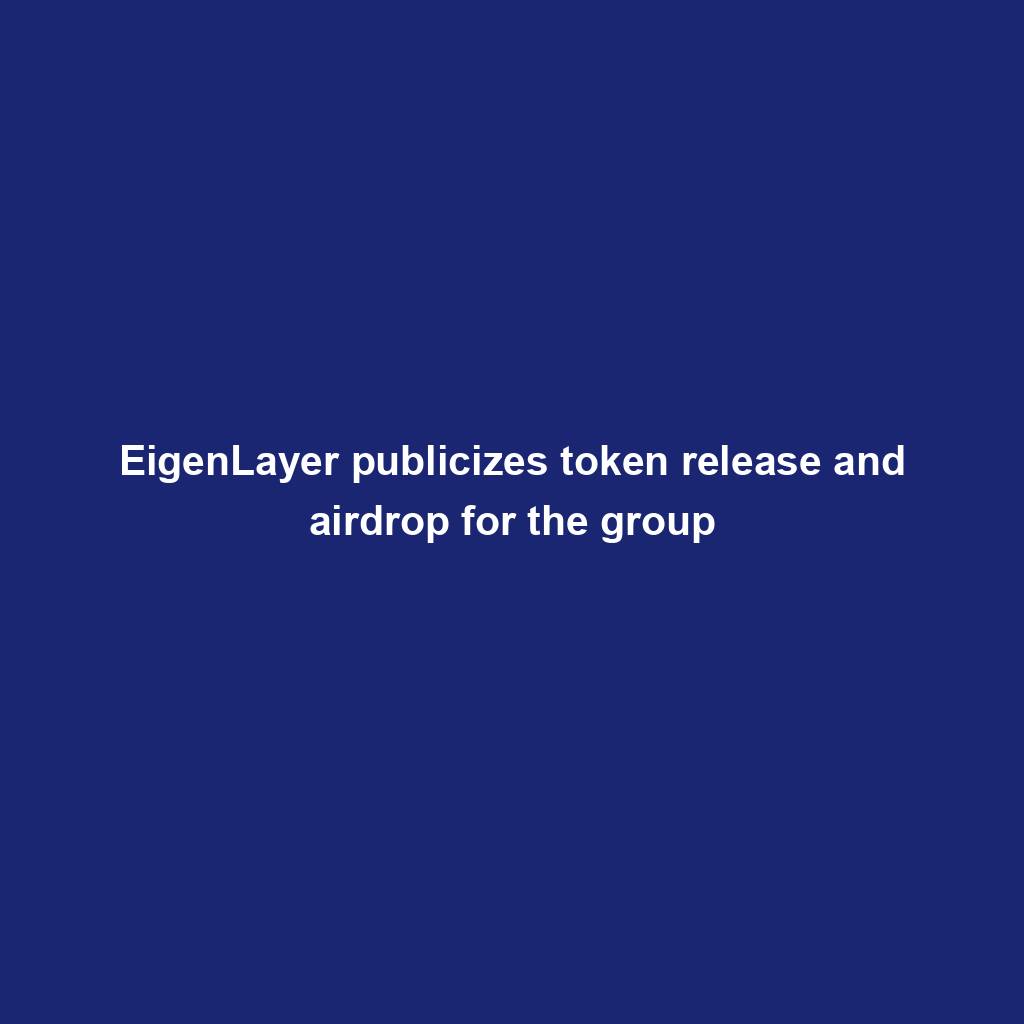
VeloxCon 2024: Innovation in knowledge control

Successful Beta Service release of SOMESING, ‘My Hand-Carry Studio Karaoke App’

Dogwifhat (WIF) large pump on Bybit after record reasons marketplace frenzy
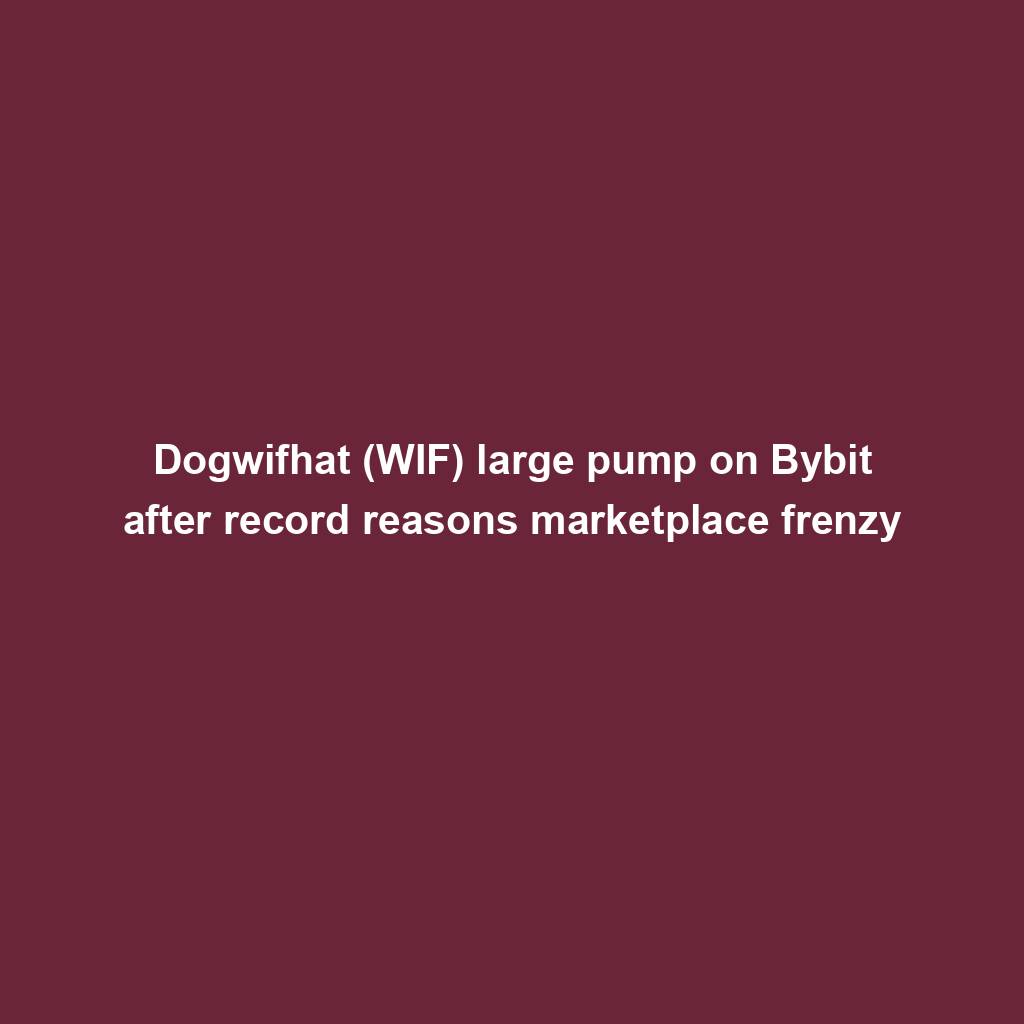
How fintech innovation is riding virtual transformation for communities around the globe

Wasabi Wallet developer bars U.S. customers amidst regulatory considerations

Analyst Foresees Peak In Late 2025

Solo Bitcoin miner wins the three.125 BTC lottery, fixing legitimate block

Ace Exchange Suspects Should Get 20-Year Prison Sentences: Prosecutors

Google Cloud's Web3 portal release sparks debate in crypto trade

Bitcoin Primed For $77,000 Surge

Bitbot’s twelfth presale level nears its finish after elevating $2.87 million

PANDA and MEW bullish momentum cool off: traders shift to new altcoin

Commerce technique: Ecommerce is useless, lengthy are living ecommerce

Republic First Bank closed by way of US regulators — crypto neighborhood reacts

China’s former CBDC leader is beneath executive investigation

Bigger isn’t all the time higher: How hybrid Computational Intelligence development permits smaller language fashions
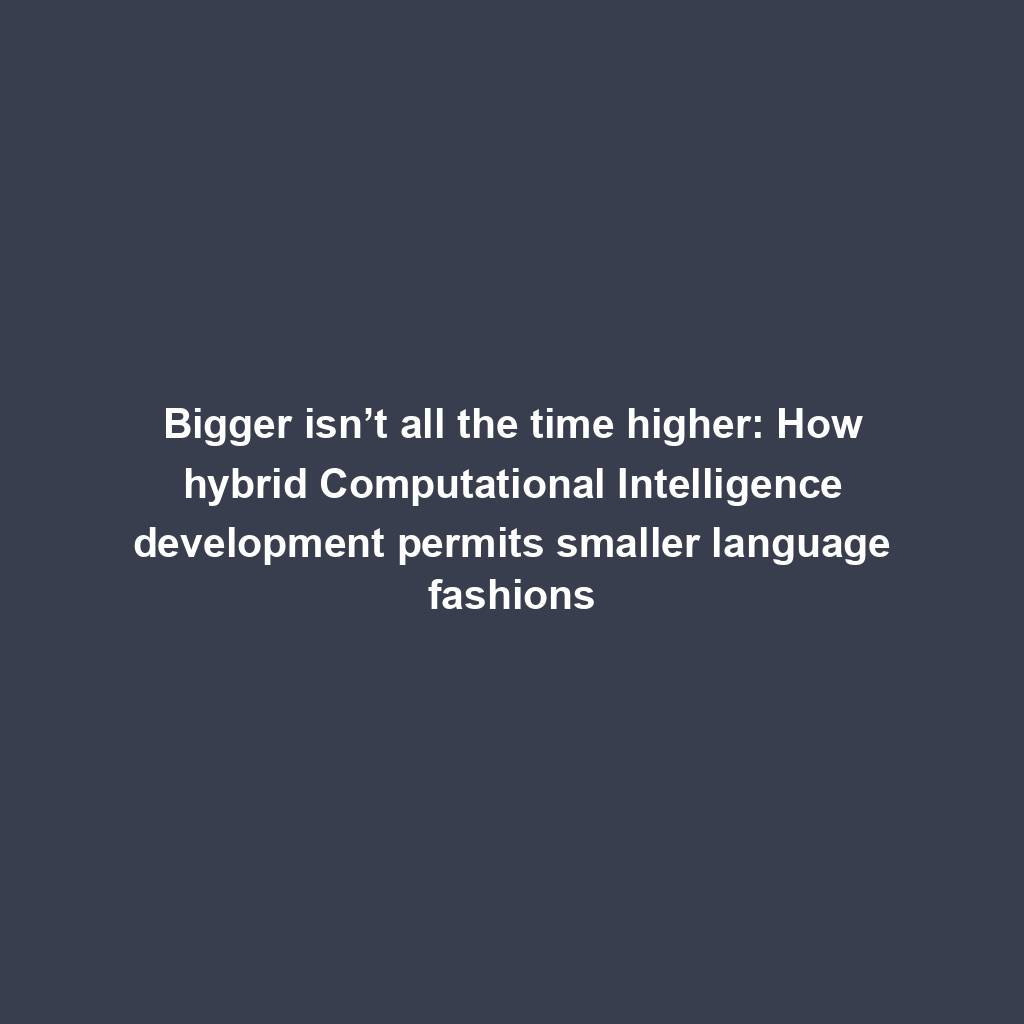
Pantera Capital buys extra Solana (SOL) from FTX
Successful Beta Service release of SOMESING, ‘My Hand-Carry Studio Karaoke App’

SEC sues Bitcoin miner Geosyn Mining for fraud; Bitbot presale nears $3M

Business procedure reengineering (BPR) examples

85% Of Altcoins In “Opportunity Zone,” Santiment Reveals

Sam Altman’s Worldcoin eyeing PayPal and OpenAI partnerships

Artificial Intelligence transforms the IT strengthen enjoy
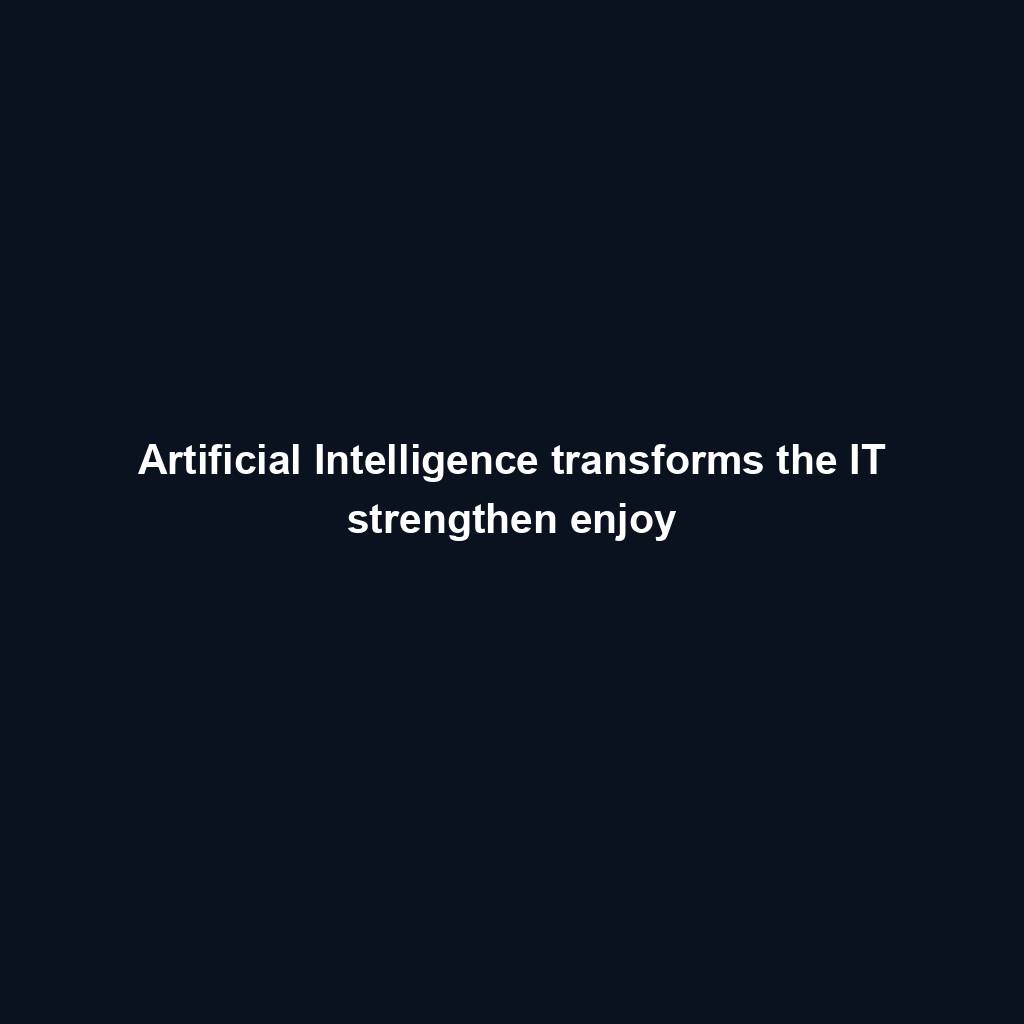
Franklin Templeton tokenizes $380M fund on Polygon and Stellar for P2P transfers

Meta’s letting Xbox, Lenovo, and Asus construct new Quest metaverse {hardware}

Shiba Inu (SHIB) unveils bold Shibarium plans as Kangamoon steals the display
